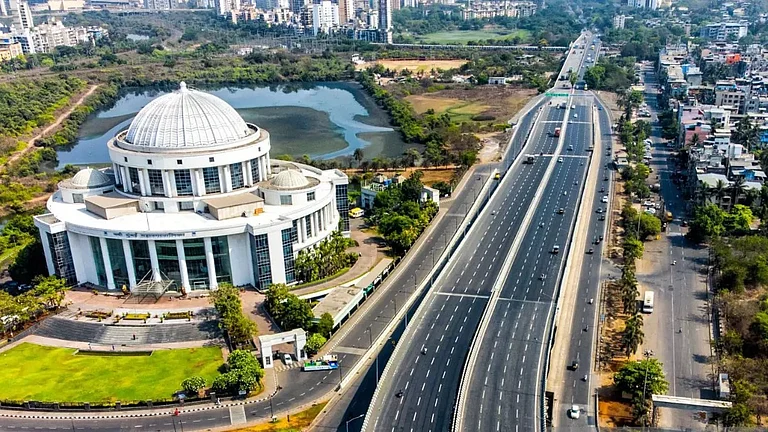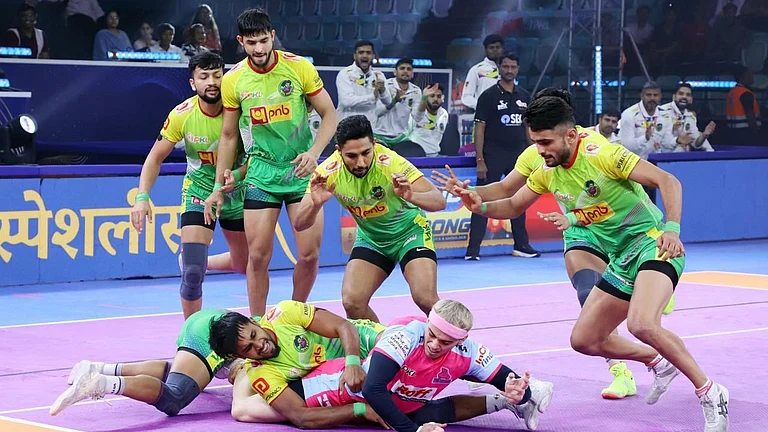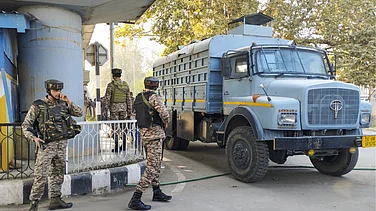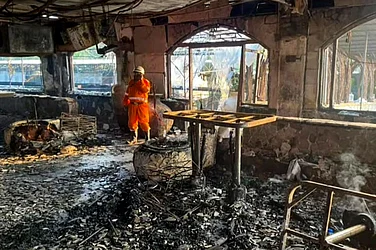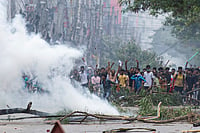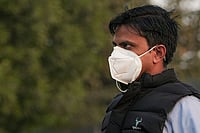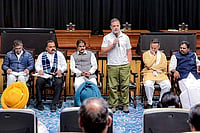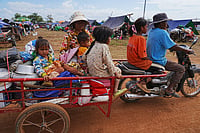
Six in ten women feel safe in their cities, but 40% still describe themselves as “not so safe” or “unsafe.”
Kohima, Aizawl, Gangtok, and Mumbai rank highest for safety; Patna, Jaipur, Faridabad, Delhi, Kolkata, and Ranchi rank lowest.
Only one in four women trust authorities to act on complaints, while two-thirds of harassment incidents go unreported.
When 24-year-old Ananya moved from Patna to Mumbai for her first job, her parents worried about how she would manage in a “big city.” Ironically, Mumbai now tops her list of places where she feels safe walking home late at night—unlike her hometown, which has been ranked among the lowest in the newly released NARI 2025 Index on Women’s Safety.
According to the report, Kohima, Visakhapatnam, and Bhubaneswar lead the rankings as India’s safest cities for women, while Patna, Jaipur, Faridabad, Delhi, Kolkata, Srinagar, and Ranchi are at the bottom. The index, based on a survey of 12,770 women across 31 cities, places India’s ccording to Thea figure that is both encouraging and worrying. Encouraging, because six in ten women feel “safe” in their city; worrying, because 40% still feel unsafe.
According to The Indian Express, the safest cities share a mix of factors: stronger gender equity, visible policing, women-friendly infrastructure, and civic participation. Kohima and Aizawl, for example, rank high not only because of institutional support but also due to social attitudes where women’s presence in public spaces is normalized. Mumbai, despite its size and density, continues to be perceived as safe because of its vibrant nightlife economy, public transport connectivity, and increasing presence of women police officers.
On the other hand, Patna, Jaipur, and Faridabad fared poorly due to weak institutional response, patriarchal norms, and infrastructural gaps. In these cities, public transport is often unreliable after dark, streetlights are inadequate, and women are discouraged from staying out late.
The report highlights that perceptions of safety plummet after sundown. Public transport and recreational spaces are identified as the most unsafe. Educational campuses are seen as 86% safe during the day but far less secure at night.
According to The hindu, Interestingly, workplaces scored high on safety (91%), but nearly half the respondents were unsure if their organizations had a POSH (Prevention of Sexual Harassment) policy. Where such policies existed, women rated them effective. Yet, only one in four women trusted authorities to act if they filed a complaint.
Perhaps the most striking finding: while 7% of women reported harassment in public spaces in 2024 (14% among those under 24), two-thirds did not report the incidents at all. As the report bluntly notes, “NCRB misses the bulk of incidents.”
Launching the index, NCW chairperson Vijaya Kishore Rahatkar reminded that women’s safety is not just a policing issueas reported by Indian Express.
“Safety affects every aspect of a woman’s life—her education, health, work opportunities, and freedom of movement. When women feel unsafe, they limit themselves, and women limiting themselves affects the development of the country,” she said.







